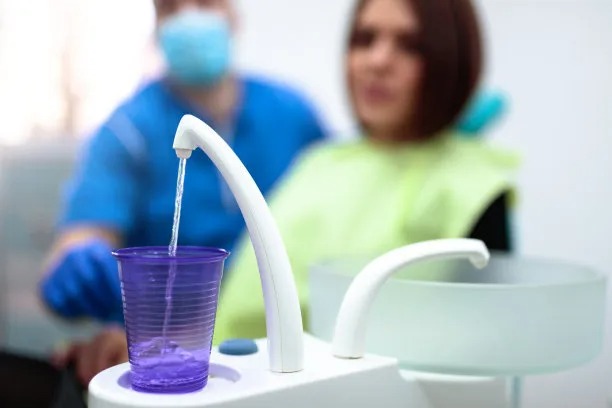The Essential Guide to Extracting a Tooth Safely and Comfortably for Optimal Oral Health
Summary: Extracting a tooth is a common dental procedure that can be met with anxiety and fear, but it doesnt have to be. This essential guide delves into the strategies for performing tooth extractions safely and comfortably, thereby ensuring optimal oral health for all patients. We explore the importance of pre-extraction assessment, appropriate anesthesia techniques, post-extraction care, and signs to look for when complications arise. With knowledge and the right approach, both patients and practitioners can navigate this essential dental procedure with ease, turning what is often viewed as a daunting task into a manageable experience.
1. Importance of Pre-Extraction Assessment

Before any tooth extraction takes place, a thorough pre-extraction assessment is crucial. This step allows the dentist to evaluate the patients overall oral health and ascertain the condition of the tooth that requires removal. Factors such as infection, decay, and the patients medical history play a significant role in determining the best course of action.
During this assessment, dentists may use X-rays or other diagnostic tools to obtain a clear picture of the tooths position and root structure. This information is vital for preparing for the procedure, as it enables the practitioner to anticipate any challenges that may arise during extraction.
Moreover, this assessment also provides an opportunity to discuss patient concerns and anxiety related to the procedure. Understanding the patients mental state can guide the practitioner in creating a more comfortable environment during the extraction process.
2. Choosing the Right Anesthesia Techniques
Anesthesia is a pivotal element in ensuring a pain-free tooth extraction experience. Dentists typically have a range of anesthesia options, from local anesthesia to sedation techniques, depending on the complexity of the extraction and the patients comfort level.
Local anesthesia is frequently used for simple extractions, numbing the specific area around the tooth. It is effective in minimizing discomfort while allowing the patient to remain awake and aware. For more complicated cases or patients with severe anxiety, sedation dentistry can offer an added layer of comfort, allowing individuals to undergo the procedure in a relaxed state.
Regardless of the technique employed, it is essential for dental professionals to keep the patients comfort as a priority. Continuous communication during the procedure helps to ensure that the patient feels safe and is in control of their experience.
3. Effective Post-Extraction Care Guidelines
Proper post-extraction care is vital for both recovery and maintaining optimal oral health. Dentists provide patients with detailed instructions that may include pain management strategies, dietary recommendations, and activity restrictions to promote healing.
Managing post-operative pain can involve over-the-counter medications or prescribed pain relievers, based on the individual patients needs. Additionally, consuming soft foods and avoiding strenuous activities can significantly decrease the risk of complications such as dry socket.
Oral hygiene is crucial following an extraction; however, patients must be careful not to disturb the extraction site. Dentists often recommend rinsing gently with salt water after the first 24 hours to promote healing while avoiding vigorous rinsing that could dislodge blood clots.
4. Recognizing and Handling Potential Complications
Although tooth extraction is generally straightforward, recognizing and responding to potential complications is essential for a smooth recovery. Patients should be aware of signs that may indicate issues, such as excessive bleeding, persistent pain, or signs of infection.
In the case of excessive bleeding, it is vital for patients to keep their head elevated, apply pressure with gauze, and seek immediate assistance from their dental provider if issues persist. If pain seems to worsen or is not alleviated by prescribed medications, this could indicate an infection or dry socket, requiring further evaluation by a dentist.
Lastly, maintaining follow-up appointments is essential for monitoring recovery and can ensure that if any complications do arise, they are addressed promptly, thus safeguarding overall dental health.
Summary:
This guide outlines the critical steps involved in safely and comfortably extracting a tooth, emphasizing the importance of a thorough pre-extraction assessment, tailored anesthesia techniques, diligent post-operative care, and vigilance in recognizing complications. By understanding these elements, patients can approach tooth extraction with confidence, informed about the entire process and prepared for a smooth recovery.
This article is compiled by Vickong Dental and the content is for reference only.


